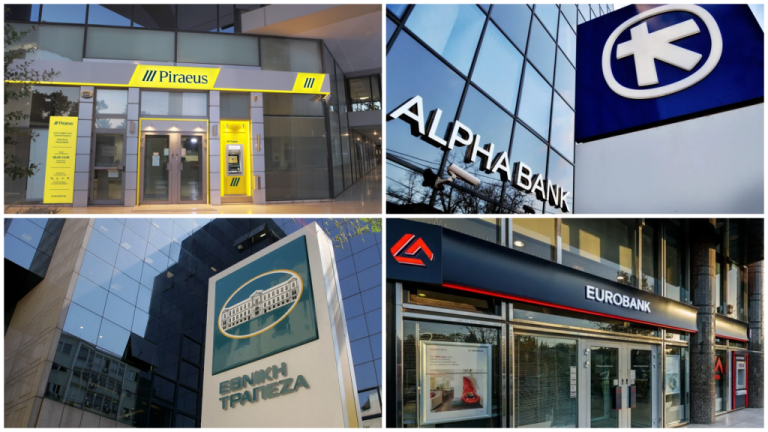Catalysts Supporting the Narrative of Greek Banks

Πηγή Φωτογραφίας: eurokinissi/Catalysts Supporting the Narrative of Greek Banks
Greece’s four systemic banks are expected to return to an upward trajectory, leveraging positive macroeconomic and regulatory signals for the coming years. A cumulative 181-basis-point drop in the average quarterly Euribor since Q1 2024, coupled with the ECB’s stabilization of interest rates, creates an ideal environment for profitability in 2026–2027.
Stable rates and profitability
The stabilization signal from Frankfurt, as highlighted by Christine Lagarde, indicates that the ECB’s policy is at a good point and that the disinflation process is largely complete. Analysts project rates to remain around 2% until the end of 2026, with a gradual increase toward 3% from 2027 onwards, driven by rising wages and tightening labor supply.
At the same time, the strengthening of the euro has helped mitigate inflationary pressures, while EU–US trade relations remain stable, with an average real tariff at 16%. The deposit rate spread between the ECB and the Fed remains elevated (237 bps vs. a 86-bps average), creating a favorable environment for Greek banks.
Net interest income back on track
One of the key catalysts for Greek banks is the resumption of net interest income growth. From Q2 2025, the rate of decline slowed for Eurobank, Piraeus, and National Bank, with a positive rebound expected for Eurobank and Piraeus in Q3. Alpha Bank already experienced recovery earlier due to lower sensitivity to falling rates.
Repricing of performing loans, credit expansion, hedging strategies, and M&A activity (e.g., Hellenic Bank–Eurobank, AstroBank–Alpha) are expected to provide further momentum. JP Morgan projects net interest income growth for Alpha Bank at 6% in 2026 and 13.2% in 2027, with similar positive outlooks for Eurobank, National Bank, and Piraeus.

Credit expansion and interest margins
Strong credit growth remains a cornerstone of the investment narrative. By July 2025, Greek banks reported annual 11% growth in new performing loans, versus approximately 3% for European peers. The CAGR for performing loans is projected at 8% in the coming years, with interest margins expected to remain high, around 3.2%–3.23% in 2026–2027.
Mortgage lending remains limited, with annual disbursements around €1 billion, compared to a pre-crisis peak of €15 billion. Banks anticipate a gradual increase to €4–5 billion over the next few years.
Payouts, buybacks, and EPS growth
Greek banks are moving to increase payouts, targeting 50%–60% of 2025 profits. Eurobank and Alpha Bank aim for even higher distributions. Dynamic share buybacks are also supporting EPS growth (CAGR), with analysts forecasting 6%–8% growth in 2026–2027, and potentially up to 15% for Alpha Bank and 8% for Piraeus.
Greek banks trade below European peers, with P/TBV at ~1.1x and adjusted P/E at 8.7x for 2025 and 7.9x for 2026, versus 9.9x and 9.2x for Eurozone banks.
Capital strength and M&A as growth levers
Strong capital buffers and faster amortization of deferred tax credits (DTCs) enable both organic and inorganic growth, higher payouts, and strategic moves with regulators (SSM). M&A activity and excess capital utilization further enhance profitability and distributions, creating a solid foundation for the next five years.
Source: pagenews.gr
Διαβάστε όλες τις τελευταίες Ειδήσεις από την Ελλάδα και τον Κόσμο






Το σχόλιο σας